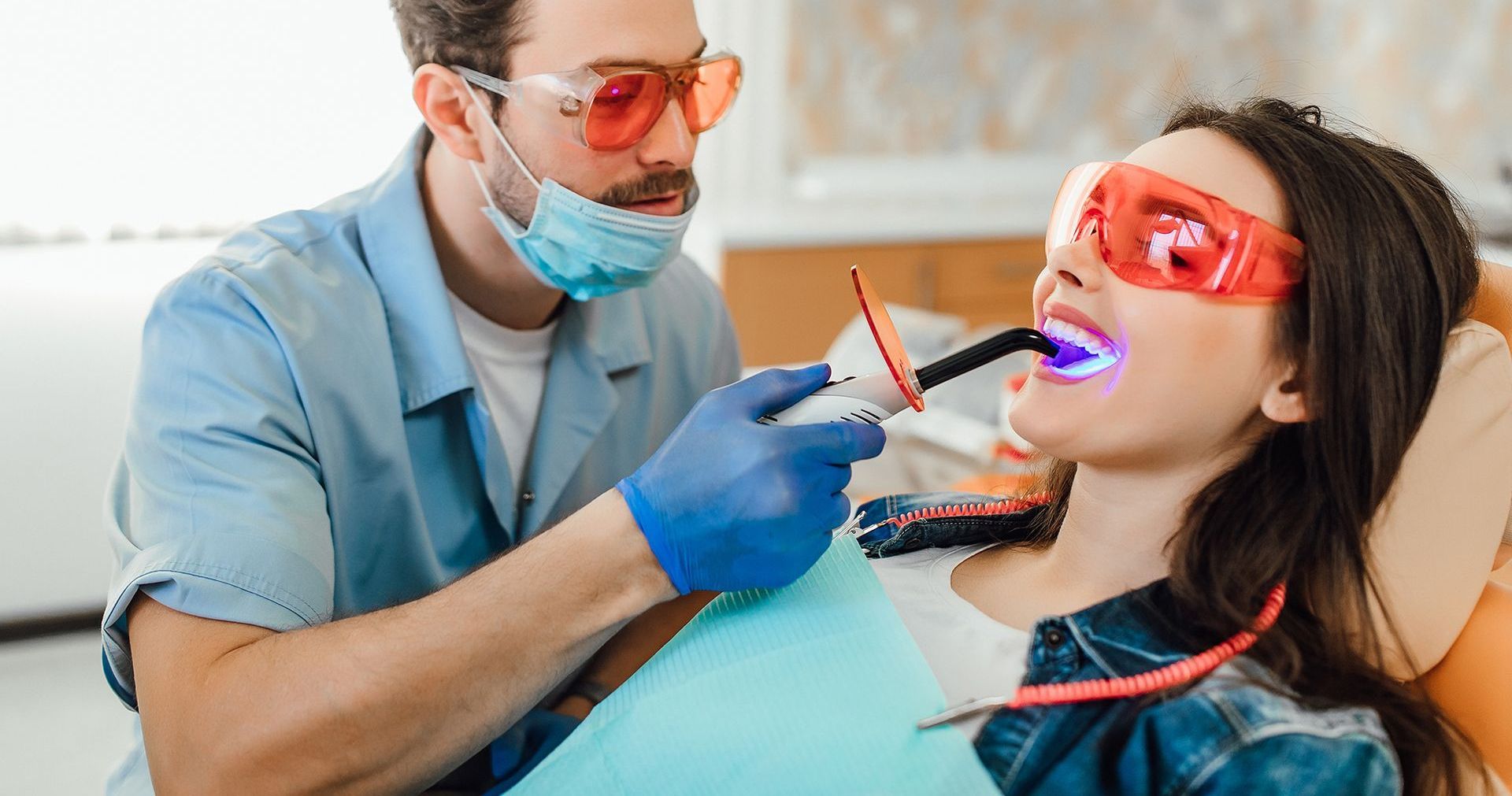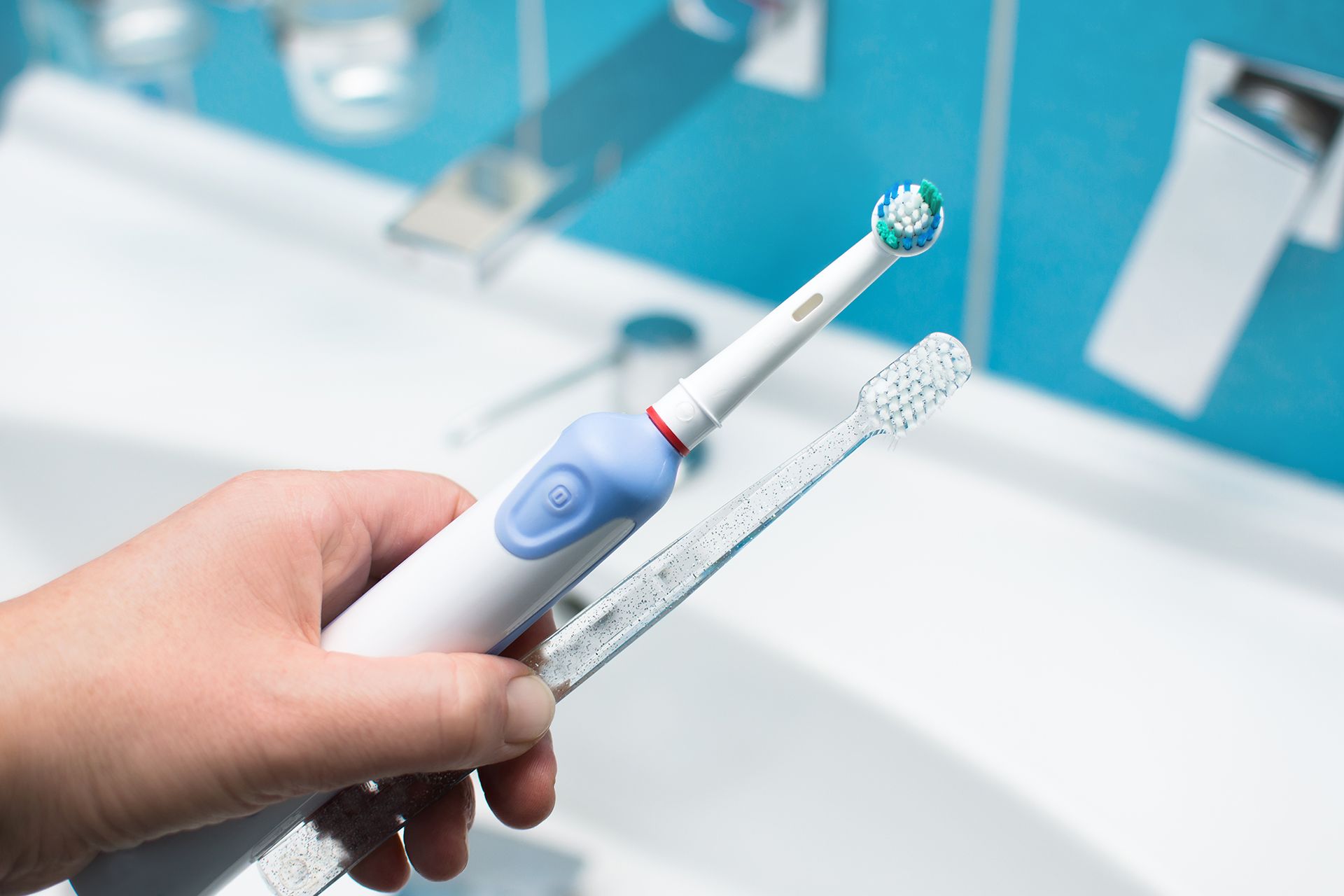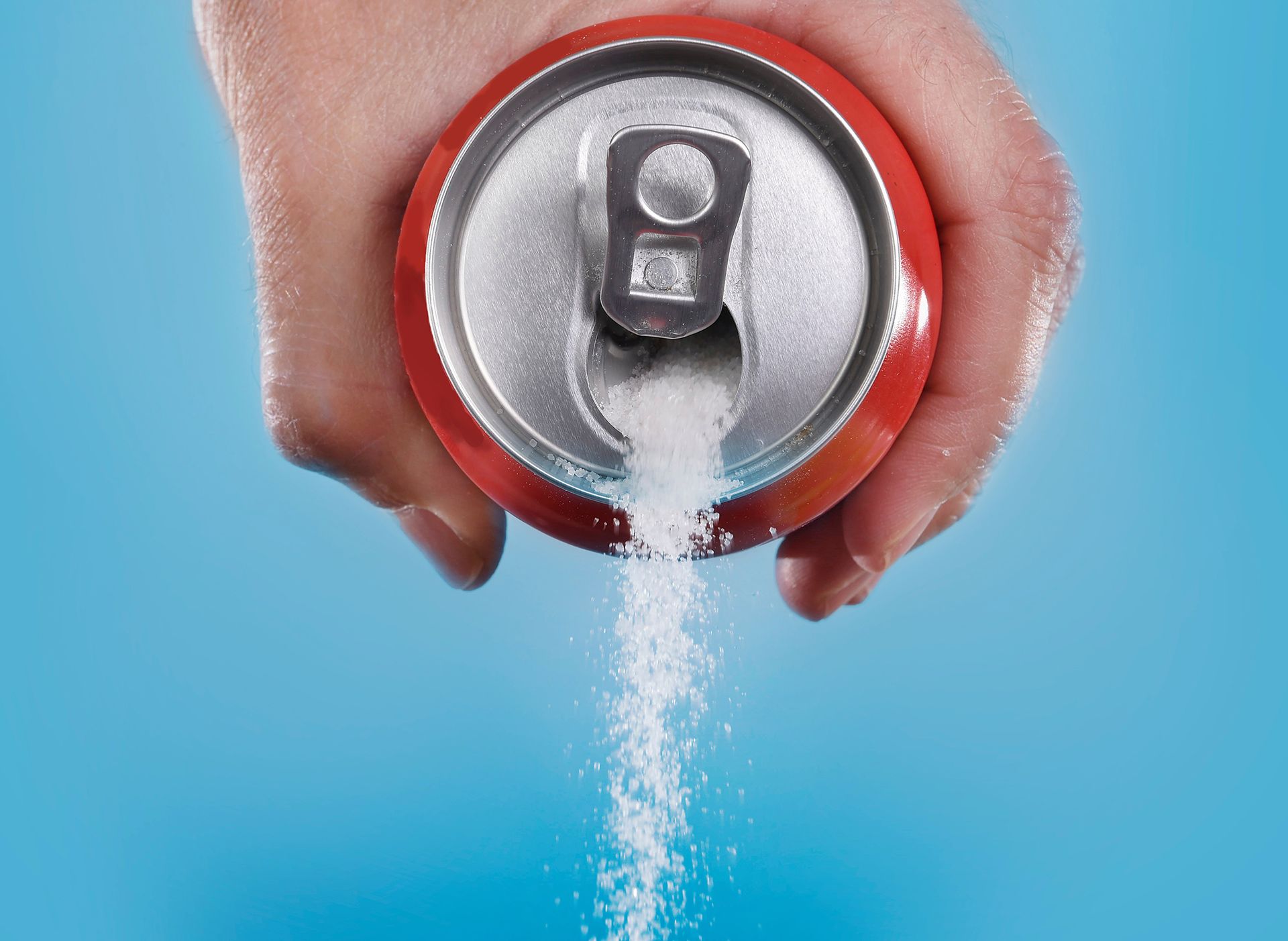
Do Dentures Affect Nutrition?
Denture-wearers should pay close attention to their nutrition intake. Research found that denture patients have lower nutrition markers than before using dentures.
Dentures could impact nutrition more than patients may realize. Since dentures do not have the same chewing efficiency as natural teeth, many patients have to alter their regular eating habits when they start using dentures.
Dentures are a valuable oral appliance that has allowed countless patients with tooth loss to regain oral function. Humans have been using denture-like appliances to counter tooth loss for decades. The earliest record of dentures dates back to the 7th century. These ancient oral appliances used animal or human teeth. Denture technology has made leaps and bounds in the last decade. Not only do modern dentures beautifully restore patients' smiles, but they also create a stable chewing surface.
Denture-Users Have Lower Nutrition Markers
Patients who have had their dentures for two years have significantly lower nutrition markers in certain areas than before using dentures, according to a recent study published by the Journal of Prosthodontics. Patients who recently started using dentures should monitor their nutrition levels to prevent malnutrition.
Poor-fitting dentures greatly contribute to lowering nutrition levels. It is much more difficult to chew food when the chewing surfaces are unstable. This instability often results in patients avoiding eating foods that are difficult to eat, such as fruits, vegetables, and whole grains. Avoiding these vital food groups causes patients to miss out on key nutrients.
Denture-Friendly Nutrient-Rich Foods:
- Eggs
- Cottage cheese
- Broiled fish
- Meatloaf
- Applesauce
- Soft fruits (bananas, melons & berries)
- Oatmeal
- Potatoes
- Pasta
- Rice
Tips to Eat with Dentures Successfully:
- Sit down for meals: Rushing through meals often results in not chewing food thoroughly. It is a good idea to sit down and diligently chew to get the full nutritional benefits of a meal.
- Cut food into small pieces: The smaller pieces you cut your food into, the less power is needed by your jaws to break down the food.
- Have a beverage with meals: Cereal and whole grain bread are staples in the American diet, but they often stick to the teeth. Eating with liquids makes it easier to chew and swallow these foods.
- Chew on both sides of the mouth evenly: Humans naturally chew on their dominant side. Right-handed people generally chew on the right side of their mouth, and left-handed people chew on their left. Chewing evenly on both sides of the month takes conscious effort but is particularly beneficial for denture-wearers.
- Avoid tough meats: Red meat can be too tough for some individuals to eat with dentures. Poultry, fish, eggs, and legumes are softer and easier to chew. Although, you can still enjoy red meat with dentures if you prepare it correctly. Try slow-cooking red meats or incorporating them into a stew.
- Stay away from sticky & chewy foods: Sticky foods such as caramel, taffy, peanut butter, and dried fruit can stick the molars and dislodge the denture out of place.
You can still get in all the essential nutrients your body needs with dentures; it just requires a little extra planning. Schedule an appointment if you can not enjoy certain foods because of poorly fitting dentures. We will ensure your dentures fit comfortably so you can live a happy, healthy life.







